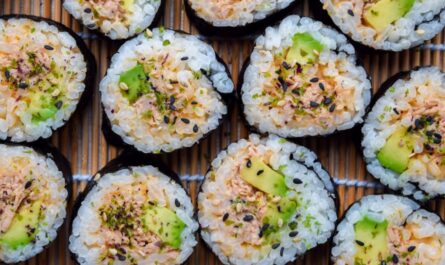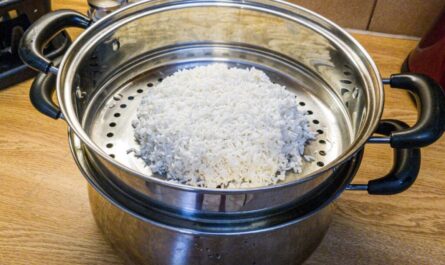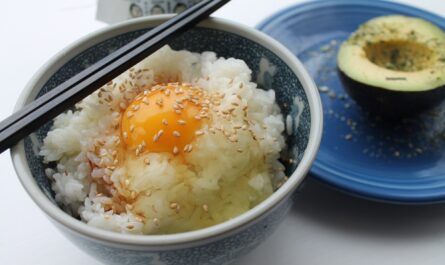Mastering the art of cooking **sushi rice** is an essential skill for any sushi enthusiast. In this comprehensive guide, we will delve into every aspect of creating the **perfect sushi rice recipe**, ensuring that your rice is consistently delicious and authentic. Fresh, flavorful rice serves as the foundation for any sushi dish, and achieving this perfection requires a meticulous approach.

Why the Perfect Sushi Rice Matters
The foundation of any great sushi is undoubtedly the rice. The **perfect sushi rice** balances the sweet, salty, and tangy flavors, achieving a delicate harmony that can make or break your sushi experience. Understanding the importance of crafting a proper rice base is crucial, as it influences the overall taste and texture of your sushi. The key aspects to focus on when making sushi rice are the variety of rice, cooking technique, seasoning, and handling after cooking.
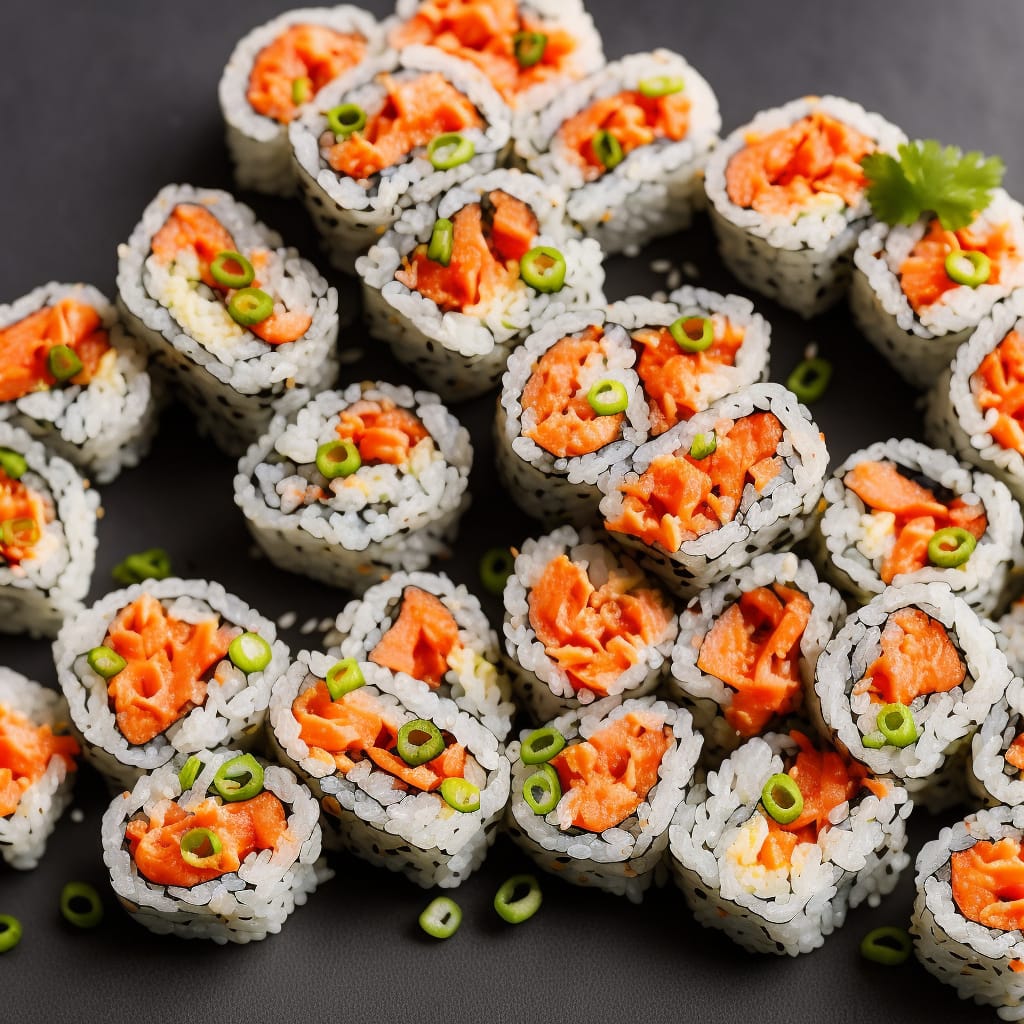
Ingredients and Equipment Needed
Ingredients
- 2 cups of Japanese short-grain sushi rice
- 2 cups of water
- 6 tablespoons of rice vinegar
- 2 tablespoons of sugar
- 2 teaspoons of salt
- Jasmine Rice Recipe
Equipment
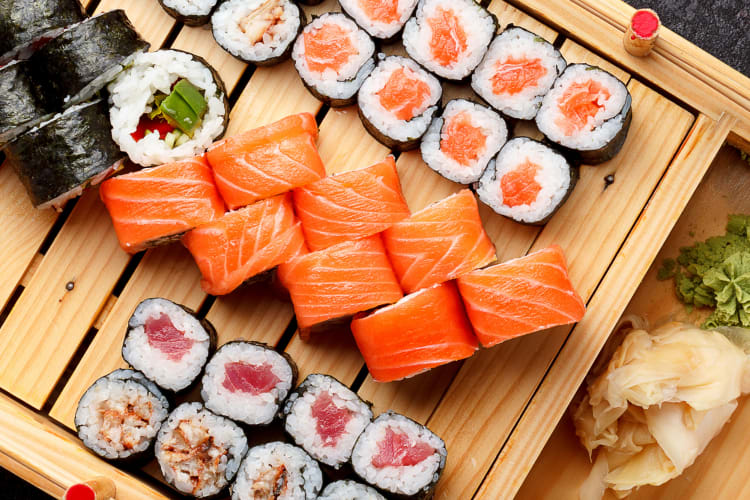
Step-by-Step Guide to Making Perfect Sushi Rice
1. Selecting the Right Rice
Choosing the right rice is the first and most critical step in achieving the **perfect sushi rice recipe**. Japanese short-grain rice is the ideal variety due to its higher starch content, which gives the rice a stickier texture suitable for sushi. Ensuring you have high-quality rice is paramount, as the outcome is significantly influenced by the quality of your ingredients.
2. Washing the Rice
Properly washing the rice removes excess starch, ensuring the cooked rice isn’t too sticky or mushy. To wash the rice, place it in a **strainer** and rinse under cold water until the water runs clear. This step is essential as it helps achieve the perfect texture, which is the hallmark of a good **sushi rice recipe**.
3. Soaking and Draining
Once the rice is washed, it needs to be soaked in water for about 30 minutes. This allows the grains to absorb water evenly, ensuring consistent cooking. After soaking, drain the rice using a strainer and let it rest for about 10 minutes. Proper soaking and draining are crucial for an even texture throughout the rice.
4. Cooking the Rice
Next, cook the rice using a **rice cooker**. If you don’t have a rice cooker, you can use a pot with a tight-fitting lid. Add the soaked and drained rice to the rice cooker or pot and pour in an equal amount of water. For instance, use 2 cups of water for 2 cups of rice. Begin the cooking process, and once finished, let the rice rest in the cooker or pot for an additional 10 minutes to ensure it is fully cooked and fluffy.
5. Preparing the Vinegar Mixture
While the rice is cooking, prepare the vinegar mixture by combining 6 tablespoons of rice vinegar, 2 tablespoons of sugar, and 2 teaspoons of salt in a small saucepan. Heat the mixture over low heat until the sugar and salt dissolve completely. Stirring continuously ensures that the mixture is even. Once dissolved, remove the saucepan from the heat and let it cool to room temperature.
6. Mixing the Rice and Vinegar
Once the rice is cooked, transfer it to a large, flat cutting board. Using a cutting technique with a **sushi knife**, gently fold the vinegar mixture into the hot rice. It’s essential to be gentle and avoid mashing the rice grains. Continue to fold until the rice is evenly coated with the vinegar mixture. The goal is to season each grain evenly while ensuring the rice remains fluffy and not clumpy.
7. Cooling the Rice
To achieve the ultimate **perfect sushi rice recipe**, the rice needs to be cooled properly. Spread the seasoned rice evenly across the cutting board to allow it to cool quickly. Use a fan or any cooling device to expedite the process, as this helps the rice maintain its perfect texture. Cooling the rice promptly ensures it remains at the right consistency for making sushi.
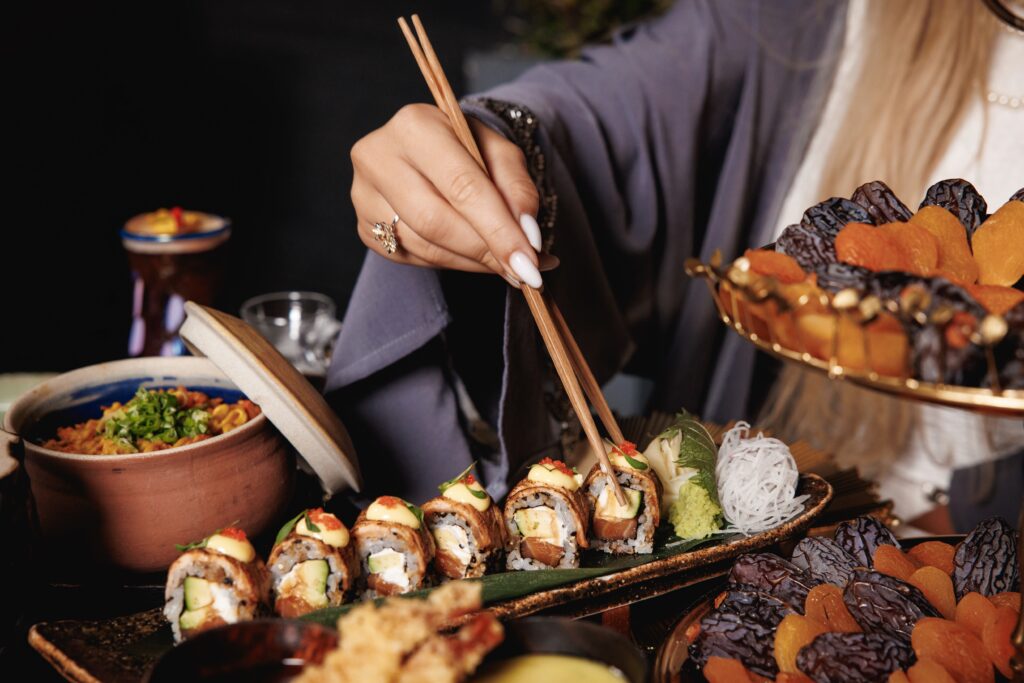
Tips and Tricks for Sushi Rice Perfection
Achieving the perfect sushi rice goes beyond following a recipe. These additional tips and tricks will help you master the art of making sushi rice:
- Consistency: Always measure your ingredients accurately. Precision is key in ensuring the rice quality is consistent every time.
- Temperature: Work promptly and efficiently. Heat can affect the texture of the rice, so handling it at the right temperature is crucial.
- Quality Ingredients: Invest in high-quality rice, rice vinegar, and other ingredients. The final outcome is significantly impacted by the quality of what you use.
- Practice: Like any culinary skill, making the perfect sushi rice gets better with practice. Don’t get discouraged; each attempt will improve your technique and result.
Storing and Using Sushi Rice
Properly storing sushi rice is essential to maintain its quality and freshness. Once you make the sushi rice, it’s best to use it immediately to get the best texture and flavor. However, if you need to store it, keep it covered with a damp cloth and at room temperature. Avoid refrigerating the rice, as this can alter the texture, making it hard and less sticky, which is not ideal for sushi making. If you plan to use the rice later, reheat it gently and sprinkle a bit of water to regain its stickiness and softness.
The **perfect sushi rice recipe** isn’t just a single-use creation; it can be used for various sushi types. From traditional nigiri to contemporary sushi rolls like the Volcano Roll and Deep Fried Roll, having quality sushi rice can enhance your overall sushi-making experience. You can even use the rice for unique creations like the Lobster Roll or the classic California Roll.
FAQs about Sushi Rice
Can I use any rice for sushi?
While you might be tempted to use any rice you have at hand, it’s crucial to use Japanese short-grain rice for the **perfect sushi rice recipe**. This type of rice has the right balance of stickiness and texture, essential for forming sushi.
Why is my sushi rice too sticky or mushy?
Excessive stickiness or mushiness usually results from improper washing or incorrect water ratios during cooking. Make sure to wash the rice until the water runs clear and use equal parts of water for cooking. Also, allowing the rice to rest post-cooking can prevent mushiness.
How should I store leftover sushi rice?
Store leftover sushi rice at room temperature, covered with a damp cloth to prevent drying out. Avoid refrigerating as it can harden the rice. If necessary, gently reheat the rice with a sprinkling of water to revive its original texture.
Conclusion
Creating the **perfect sushi rice recipe** is an art form that combines precise measurements, quality ingredients, and careful handling. By following this comprehensive guide and adding your personal touch through practice, you can achieve sushi rice that elevates your culinary creations to new heights. Whether you’re making traditional sushi, unique rolls, or even experimenting with contemporary recipes, mastering the art of sushi rice is the cornerstone of excellent sushi.
For a broader understanding and more recipes, don’t forget to check out some of our other sushi guides and recipes like the Volcano Roll or the exquisite Lobster Roll. Also, for more cookware and cleaning tips, consider visiting this cookware cleaning guide.
As an Amazon Associate, I earn from qualifying purchases.

